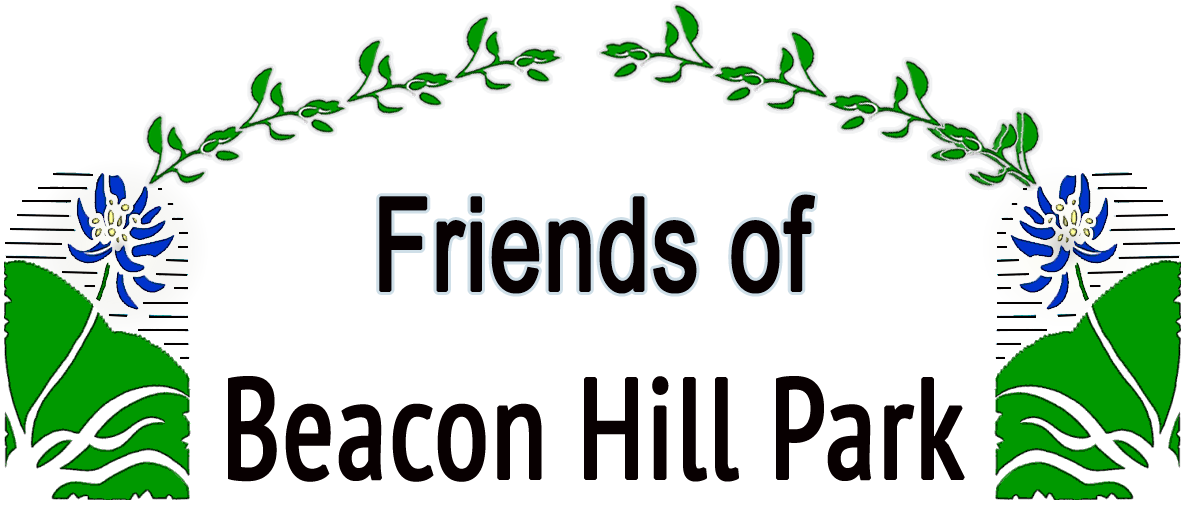|
|
|
GrasslandThis dry, open, coastal prairie occupies mainly sunny south slopes exposed to winds off the sea. This community has been so drastically changed in recent historical times that it is difficult to be sure now what its original composition was. The larger (and formerly dominant) native perennial grasses, such as the native race of Red Fescue (Festuca rubra), Junegrass (Koeleria cristata) and Sitka Brome (Bromus sitchensis), have been largely replaced by pasture grasses of European origin; though the California Oatgrass (Danthonia californica) is still found in small numbers. It is interesting to note that, through this complete replacement of the original community dominants, many of the original showy, insect-pollinated flowering species have persisted, though some have been extirpated or have become very rare. Camas (Camassia quamash), Easter Lily (Erythronium oreganum), Death camas (Zygadenus venenosus), Western Buttercup (Ranunculus occidentalis), and many other flowering species still contribute to an abundant Spring flower show in the strange company of European grasses dominated by Perennial Ryegrass (Lolium perenne), Sweet Vernal Grass (Anthoxanthum odoratum), Orchard Grass (Dactylis glomerata), Velvet Grass (Holcus lanatus), and annual species of Bromus &c. (Brayshaw, 1993). Some formerly reported rarities have now disappeared. The Golden Paintbrush (Castilleja levisecta) and Prairie Lupin (Lupinus lepidus) have not been seen since 1995. The Camas (Camassia quamash and c. leichtlinii), noted for its masses of blue flowers in the Spring, can be taken as a visible monitor of the health of the wild plant community as a whole. Once forming solid blue carpets, this species now seems to be in gradual decline as a result of human impact. At one time, the mowing of the grass in Spring, as a fire-deterrent measure, would cut off the flowering stems before they could produce mature seeds. However, in recent years, communication between the Friends of Beacon Hill Park and the Parks Department has led to later mowing on the most sensitive slopes until the spring-flowering plants have shed their seeds. Still, the trampling of increasing numbers of people, especially in conjunction with scheduled events on or adjacent to the wild areas of the park has been a persisting source of concern regarding the well-being of the flowering species (see Part B). As the native plant species decline, they are replaced by increasing populations of exotic weedy plants that are able to withstand mowing and trampling, such as Ribgrass (Plantago lanceolata), Fall Dandelion (Hypochaeris radicata), and Daisy (Bellis perennis). Other activities that tend to reduce the integrity of the grassland community and to be detrimental to the future welfare of its flowering plants include the increasing intensity of trampling during scheduled events, and the planting up of the open areas, especially of Beacon Hill itself, with exotic trees, such as Pines and English Elm, shrubs such as Broom (Cytisus), and herbaceous plants such as Daffodils (Narcissus pseudonarcissus) and Bluebells (Endymion non-scriptus). Camas will die out under a canopy of Pines, and will disappear from the affected areas. The Elm is liable to sucker from its roots, and generate dense thickets in which nothing else can grow (Brayshaw, Oct. 1991). |


